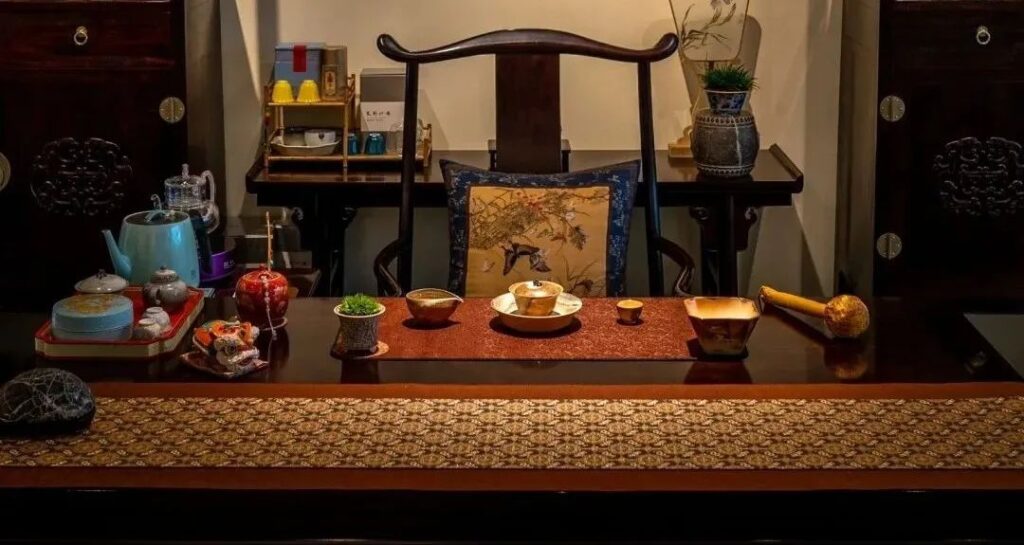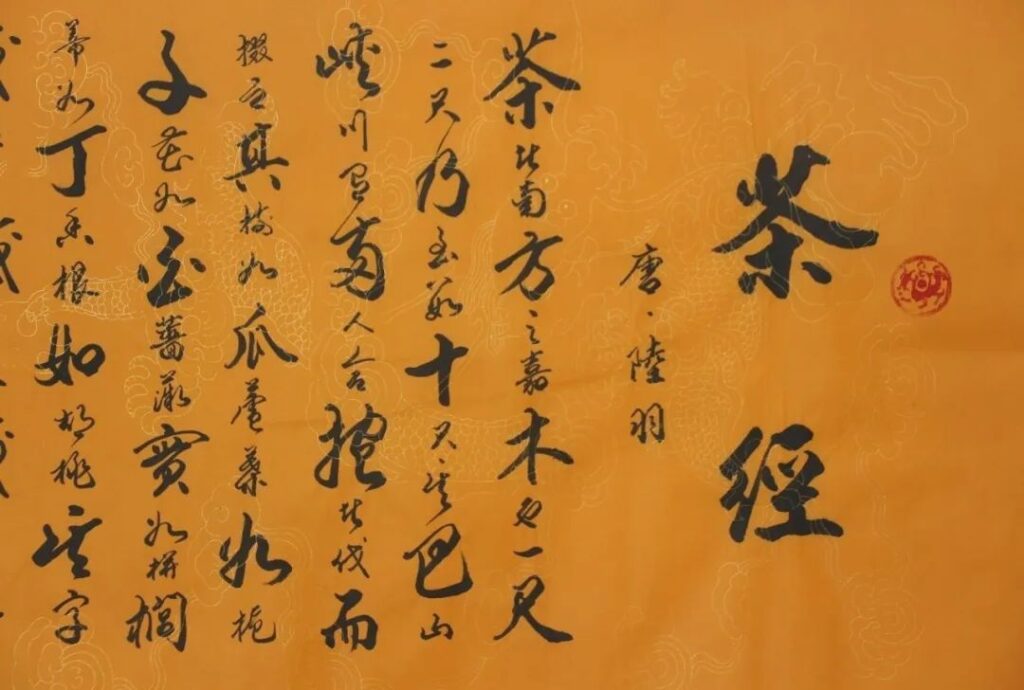Chinese tea culture, like a clear spring, has flowed gently through the long river of history, nourishing the souls of generations of Chinese people. From the legend of Shennong tasting a hundred herbs to the diversified development of modern tea culture, tea is not only an indispensable part of Chinese daily life but also a symbol of the wisdom and spirit of the Chinese nation. This article will take you through this long history of tea charm, exploring the origins, development, and influence of Chinese tea culture.
According to legend, the discovery of tea is attributed to Shennong. It is said that about 5000 years ago, while tasting various herbs, Shennong accidentally discovered that a few leaves had the effects of cooling, heat-relieving, and detoxifying, which marked the initial discovery of tea. Although the records of tea in the ‘Shennong’s Food Classic’ were written after the Han Dynasty, this legend adds a touch of mystery to the tea culture. By the Shang and Zhou periods, tea had been discovered by the ancestors of Bashu and was used for food, with signs of artificial cultivation. The ‘Huayang Guo Zhi’ mentions that tea was included in the tributes paid by the Ba state to the Zhou Dynasty, indicating that tea had a certain preciousness at that time.
During the Ming and Qing dynasties, significant changes occurred in tea production techniques and consumption methods. Zhu Yuanzhang abolished the compressed tea cakes in favor of loose tea,ing simplify the brewing process and further popularizing tea culture. In the southern Fujian region, large-scale cultivation of oolong tea began, and the techniques for dark, yellow, and scented teas were also developed, gradually completing China’s six major tea categories. In the Qing dynasty, Pu-erh tea emerged as an important variety in the tea market, and famous teas like Longjing and Biluochun became nationally renowned. With the prosperity of tea trade, Chinese tea began to gain global popularity, serving as a vital link between Eastern and Western cultures.
As modern tea culture continues to evolve, it innovates while preserving tradition. In terms of production, there are not only traditional handcrafted teas but also modern production lines to meet diverse consumer demands. In sales, a combination of online and offline channels has expanded the market. Additionally, various tea cultural activities, such as exhibitions and tea art performances, have emerged, allowing more people to understand and appreciate tea culture. The younger generation has also brought new changes to tea culture, focusing on the blend of fashion and tradition, with tea beverages like milk tea and flavored teas gaining popularity among the youth. Modern Oriental tea is becoming a new label in the lives of more and more young people, expressing the ancient intangible cultural heritage in a way that is acceptable to the younger masses, catering to their aesthetics and needs. The international influence of Chinese tea culture extends beyond its profound domestic impact. It has reached the world through ancient trade routes like the Silk Road and Tea Horse Road, winning the hearts of people from various countries. As a beverage, tea has health benefits such as reducing fat and promoting digestion, making it favored by ethnic minorities and foreigners. The spread of tea culture not only promotes cultural exchange and mutual learning between China and other countries but also strengthens communication and cooperation. Chinese tea culture is an integral part of Chinese civilization, carrying the wisdom of Chinese people living in harmony with the world. From the legend of Shennong tasting a hundred herbs to the modern diversification of tea culture, the charm of tea endures through the ages. As we savor the fragrance of tea, we also savor the cultural journey that spans thousands of years, feeling the unique charm and profound influence of tea culture.

